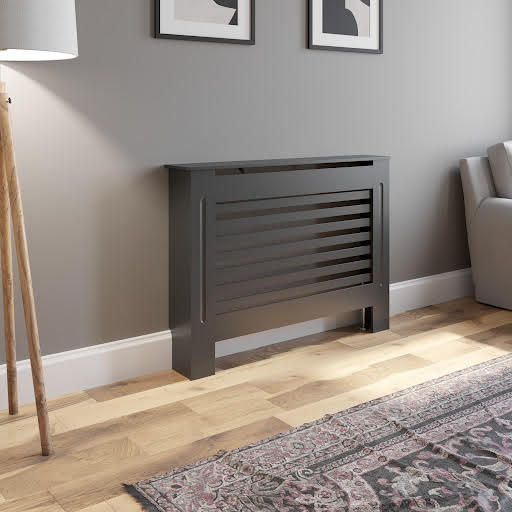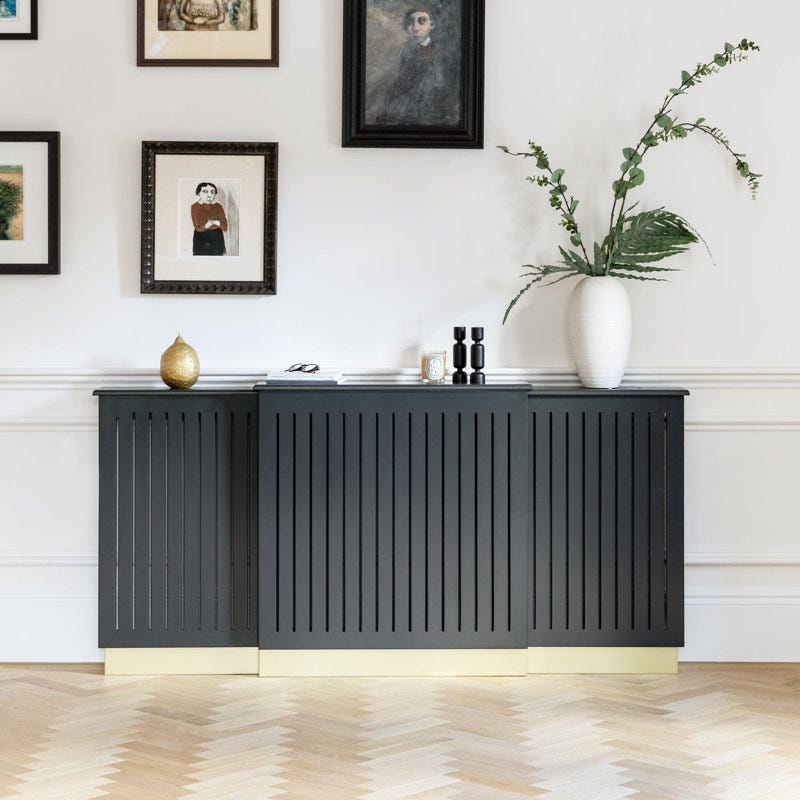DIY Tips for Installing a Radiator Cover with Ease
DIY Tips for Installing a Radiator Cover with Ease
Blog Article
Radiator Covers: Understanding Materials, Styles, and Advantages
Radiator covers serve both practical and aesthetic functions within a home, supplying a variety of materials such as steel, wood, and mdf to suit various style choices. As designs evolveâEUR" from conventional to contemporaryâEUR" these covers not just boost the aesthetic charm of an area however also contribute to security and power effectiveness. Nevertheless, picking the best radiator cover involves comprehending the subtleties of materials, layouts, and their connected advantages. This expedition elevates important questions about how these elements incorporate into your living environment and what considerations ought to guide your selection procedure.
Kinds Of Products


Wooden covers, usually crafted from hardwoods such as oak or maple, offer a classic, cozy appearance that enhances typical interiors. Their longevity and capacity to be tarnished or painted add to their adaptability. Steel covers, commonly made from steel or light weight aluminum, are preferred for their toughness and modern-day look, usually featuring smooth lines that improve modern spaces.
MDF, a produced wood product, is prominent for its cost-effectiveness and convenience of personalization. It can be painted or ended up to match existing design while providing a smooth surface. Plastic covers, while much less common, are resistant and lightweight to dampness, making them ideal for humid settings.
Inevitably, the option of product for a radiator cover should line up with the property owner's style preferences, useful demands, and the certain atmosphere where the cover will be mounted. Each product uses a distinctive character, making sure that there is an option to match every taste and setup.
Popular Design Styles
Emphasizing aesthetic allure, preferred design styles for radiator covers reflect a range of preferences and interior decoration fads. Conventional layouts often feature detailed woodwork and luxuriant detailing, making them appropriate for vintage-inspired or timeless interiors. These covers typically integrate carved aspects, offering a cozy and inviting feeling to any space.
In comparison, contemporary designs concentrate on minimalist looks, defined by tidy lines and downplayed style. Products such as metal or streamlined timber with a smooth coating are frequently utilized, permitting these covers to blend effortlessly right into contemporary spaces. Industrial styles, on the various other hand, welcome resources like exposed metal and concrete, adding a vibrant declaration to loft or city settings.
For those looking for a special touch, bespoke layouts use customization choices that deal with private choices, allowing property owners to select colors, patterns, and materials that match their decoration. Additionally, farmhouse-style covers incorporate rustic components, including distressed wood and straightforward forms that stimulate a relaxing, country charm.
Advantages of Radiator Covers
Radiator covers not only improve the aesthetic appeal of an area however likewise offer a number of functional benefits that make them a beneficial enhancement to any kind of home. Among the key advantages is security, specifically in homes with youngsters or family pets. Covers decrease the danger of burns from hot radiator surface areas, guaranteeing a much safer setting.
In addition, radiator covers can enhance energy performance. By directing heat into the space rather than enabling it to run away, they aid keep a consistent temperature level, minimizing heating prices in time. This is especially helpful in older homes where radiator systems might be less effective.
An additional significant advantage is noise reduction. Radiators can in some cases create unwanted sounds throughout procedure, and covers can aid stifle these noises, adding to an extra tranquil space. Radiator covers can be useful, offering added storage space or screen room, thus maximizing the energy of often-overlooked locations.
Lastly, they can shield radiators from dust and particles, which can impede performance and increase maintenance needs. With these integrated advantages, radiator covers straight from the source arise as a practical service for improving both the capability and design of any home environment.
Installment Considerations
Installing radiator covers calls for cautious consideration to ensure both functionality and security (Radiator cover). Examine the dimensions of your radiator and the surrounding area to guarantee a proper fit. Precise measurements are vital; an uncomfortable cover can block warm circulation or create security hazards
Next, review the product of the cover. While wood provides visual appeal, metal alternatives may offer better toughness and warm resistance. Take into consideration the weight of the cover also; much click here to read heavier covers may call for additional assistance or reinforcements to avoid drooping or damage over time.
Ventilation is an additional vital element. Covers need to feature appropriate air movement to avoid getting too hot and preserve reliable home heating. Search for layouts with slats or perforations that permit heat to flow without obstruction.
Furthermore, guarantee that the cover is safely installed to avoid crashes, especially in homes with youngsters or pet dogs. Radiator cover. It's recommended to follow the manufacturer's installment standards closely and, if required, consult an expert for complicated installations
Maintenance and Care Tips
Appropriate upkeep of radiator covers is vital for ensuring their longevity and ideal performance. Normal cleansing is crucial; dust and particles can accumulate, obstructing air flow and decreasing warm effectiveness. Use a soft, damp fabric or a microfiber duster to gently clean the surface, avoiding severe chemicals that may damage the finish. For painted or wood covers, take into consideration an ideal polish or safety finishing to maintain their appearance.
Inspect the covers occasionally for indications of wear or damage, such as fractures or peeling off paint. Dealing with these problems promptly can stop more wear and tear. Guarantee that the covers are safely secured and look for any type of loose screws or fittings, as vibrations from the radiator can loosen them gradually.
In colder months, stay clear of putting hefty items or decorative things in addition to the radiator covers, as this can hamper warm circulation and create unneeded stress and anxiety to the structure. Take into consideration seasonal upkeep by getting rid of the covers for detailed cleansing and examination view during warmer months when the home heating system is non-active. Embracing these simple treatment tips will certainly improve the performance and aesthetic charm of your radiator covers, ensuring they offer their objective properly for many years to come.

Final Thought
In summary, radiator covers offer as aesthetic and functional improvements to household areas. Cautious consideration of setup and maintenance further makes certain the long life and performance of radiator covers in any kind of home environment.
Radiator covers serve both functional and visual purposes within a home, offering a variety of products such as metal, mdf, and wood to suit various layout preferences. Selecting the right radiator cover involves recognizing the nuances of materials, designs, and their connected benefits.Stressing aesthetic charm, preferred style styles for radiator covers show a variety of preferences and indoor design patterns.Radiator covers not just improve the visual charm of a room however additionally offer a number of sensible benefits that make them a rewarding addition to any type of home. Consider the weight of the cover as well; heavier covers may call for added assistance or reinforcements to prevent sagging or damages over time.
Report this page